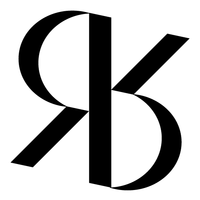Unicode is changing, adding tons more icons and smilies. But what's new and why? Tom Scott takes us through the improvements.
-
 2
2

By Riccardo Sartori | Views: 6242
Unicode is changing, adding tons more icons and smilies. But what's new and why? Tom Scott takes us through the improvements.
 2
2
We are placing functional cookies on your device to help make this website better.
Recommended Comments
Create an account or sign in to comment
You need to be a member in order to leave a comment
Create an account
Sign up for a new account in our community. It's easy!
Register a new accountSign in
Already have an account? Sign in here.
Sign In Now